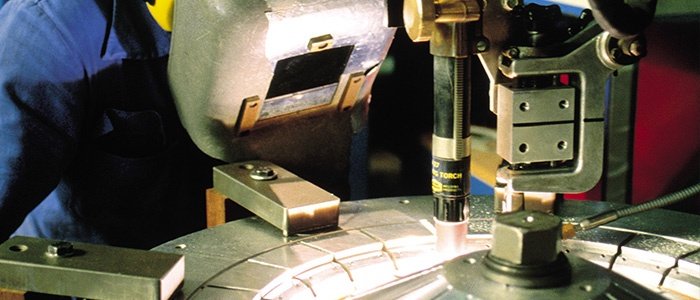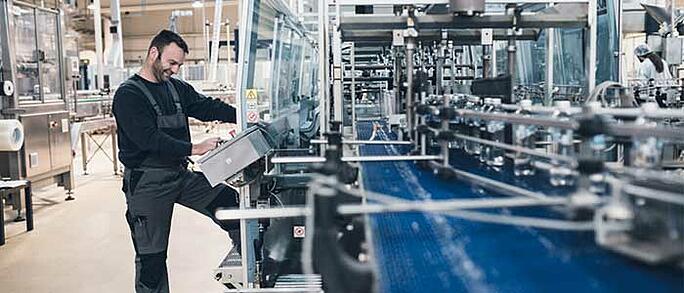Accidents in the workplace occur every day across every industry, but they’re especially prevalent in physical and repetitive work environments . Whether in warehousing and distribution, food processing, pharmaceuticals, or another industry, injuries are a part of many in-demand jobs.
Workers’ compensation was created to help employees and employers navigate those injuries by providing care and indemnifying the injured employee for lost wages. Understanding which workers’ comp claims are the most common can help your business develop a safety strategy that will reduce claims and protect your workers.
Here are five of the most common workers’ comp claims and how to go about reducing the injuries that cause them.
Overexertion
It’s not uncommon for workers in physically demanding environments to be unaware of the amount of labor they can handle in a given day or week. Lifting, pushing, or pulling heavy inventory can add up quickly and amount to a significant toll on the body – especially in aging workers .
Helping your workers understand what they’re capable of, what’s expected of them, and the best ways to go about their work from an ergonomic and workplace behavior standpoint are all solutions that can serve to reduce workers’ comp claims related to overexertion.
Transportation-related injuries
Employees injured during transit is one of the most common causes of workers’ comp claims. For workers who spend the majority of their time on the road, such as delivery drivers and sales reps, injury prevention starts with proper training and the implementation of techniques that can help avoid accidents and reduce wear on the body.
Slips and falls
Injuries due to slips and falls are common in warehouse and manufacturing environments. Delivery drivers dealing with the elements on an everyday basis are also at risk of sustaining a fall at any given time. Surprisingly, these injuries will often lead to sprains and strains despite commonly being thought of as the mechanism for a sudden and traumatic event such as fracture.
Within industrial facilities, exercising proper safety procedures as it pertains to slick surfaces and elevated platforms is critical to reducing injuries in both circumstances. Safety always starts with an assessment, education, and training to make sure your team has its environment set up correctly to prevent the issue in the first place.
Equipment-related accidents
This claim is also especially prevalent in mechanical environments where heavy machinery is an everyday part of the job. There are several factors that contribute to reducing equipment-related injuries, including:
- Education – Your team members must be properly trained in using the machinery.
- Ergonomics – The equipment and related processes must be set up in a safe way that reduces risk and wear on the body.
- Compliance – Mechanisms and safeguards must be properly implemented and used so as to reduce risk of injury.
Substance overdoses
Between 2013 and 2017, workplace deaths related to unintentional overdoses increased by 25 percent each year . The opioid crisis in the U.S. is directly tied to workplace injuries and musculoskeletal disorders (MSDs) . Workers who are prescribed opioids as part of their treatment can end up developing a resistance that requires increasingly large dosages, putting employees at a heightened risk of an eventual overdose.
By educating your workers on MSDs and implementing a strategic and proactive safety program, you can play a key role in reducing workplace injuries and related deaths due to overdose.
Reducing claims through injury prevention
As many employers have made strides toward a zero-injury environment, there are always steps that can be taken to mitigate risks and reduce the likelihood of injuries and their associated costs.
The claims we’ve discussed may be among the most common, but there are also many injuries that don’t end up amounting to claims. In many cases, sprains and strains can take weeks, months, and even years to fully manifest and end up complicating the workers’ comp process.
Fit For Work helps businesses create proactive safety strategies that serve to prevent serious and sudden injuries, sprains and strains, and everything in between. Through onsite Early Intervention, ergonomic support, employee testing, and compliance expertise, we are reshaping the way safety is achieved in the workplace.
Contact us today to start implementing a safety strategy proven to reduce injuries and associated costs by 50 percent.





